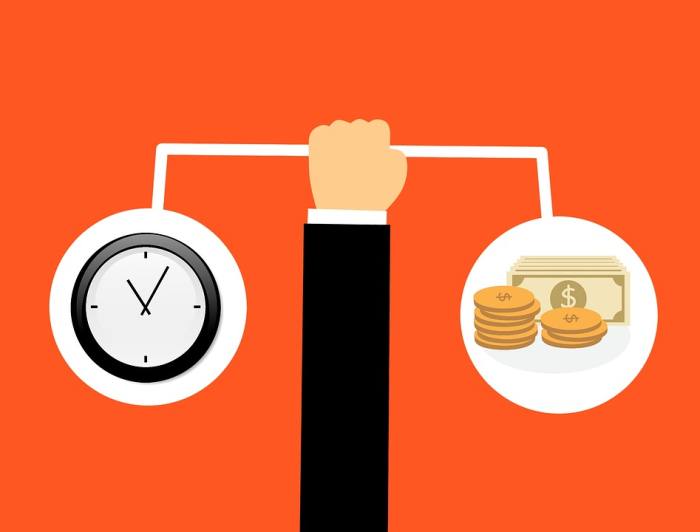
Drawdown post-pensions freedoms has given people more flexibility as to when and how they can access their money, but what are the other benefits and indeed the challenges to this approach?
According to Jeff Steedman, head of self-invested personal pension and small, self administered scheme business development for Xafinity, the benefits are clear.
Regularity
Firstly, there is the prospect of the individual being able to dictate the regularity of their income stream from the pension, giving them some element of security in knowing their outgoings will be able to be met.
This also enables clients to carry out tax planning in a more efficient manner, as Rachel Smith, associate consultant for Mattioli Woods, explains.
"Drawdown offers greater opportunities for individuals to manage their own income tax position, not always the case with defined income from an annuity, which allows clients to maximise tax efficiency should they receive income from other sources."
Flexibility
Steven Cameron, pensions director for Aegon, comments: "Since the freedoms became available, more people are preferring the flexibility that a flexi-access drawdown plan offers."
With the opportunity now for people to take their pension as drawdown rather than an annuity, more flexibility has meant fewer people getting locked into abysmal annuity rates over the past three years.
Moreover, the flexibility is not just about choice, but about how people want to take their money, and how regularly.
Mr Steedman says: "[Drawdown] allows people to have the ability to withdraw funds on an ad-hoc basis, while allowing [the pension] to remain invested throughout the drawdown period."
Control
For Ms Smith, the "main benefit" of drawdown is that "clients can access their savings in a way that meets their needs, whether it's to cover a large, one-off expense, or to maintain their standard of living".
"Drawdown also provides some control over if or when to buy an annuity," Mr Steedman adds. This is an important point, when one considers the low interest rates in the UK.
These are currently trundling along at 0.5 per cent since March 2009 - and this has had a knock-on effect on the gilt rate, meaning a reduction in the income available if people were to purchase an annuity.
Inheritance
Then there is the ability for this to be passed down to a nominated beneficiary on death - and the income from this could be a huge boon to younger people struggling to get onto the housing ladder or to fend for their families.
The pension freedoms brought a boost for those who stand to inherit a defined contribution pension if the deceased was under 75: the inheritor can draw down from that fund without tax.
Mattioli Woods summarises the main points thus:
- Death of the pension fund member before age 75 allows for the inheriting individual to receive the pension fund as a pension fund in their own name without tax - they may also withdraw the entirety of this inherited fund without income tax, inheritance tax or capital gains taxes in their own name
- On death after age 75, the pension fund is passed to the receiving individual, again tax-free, but if they wish to withdraw it (as an income or a lump sum) they must pay income tax at their marginal rate.
Fiona Tait, technical director for Intelligent Pensions, comments: "The fact a pension fund still exists, means the client can continue to invest their money for growth if they want to, and they can pass on the value of the fund to their chosen beneficiaries in the event of their death."








